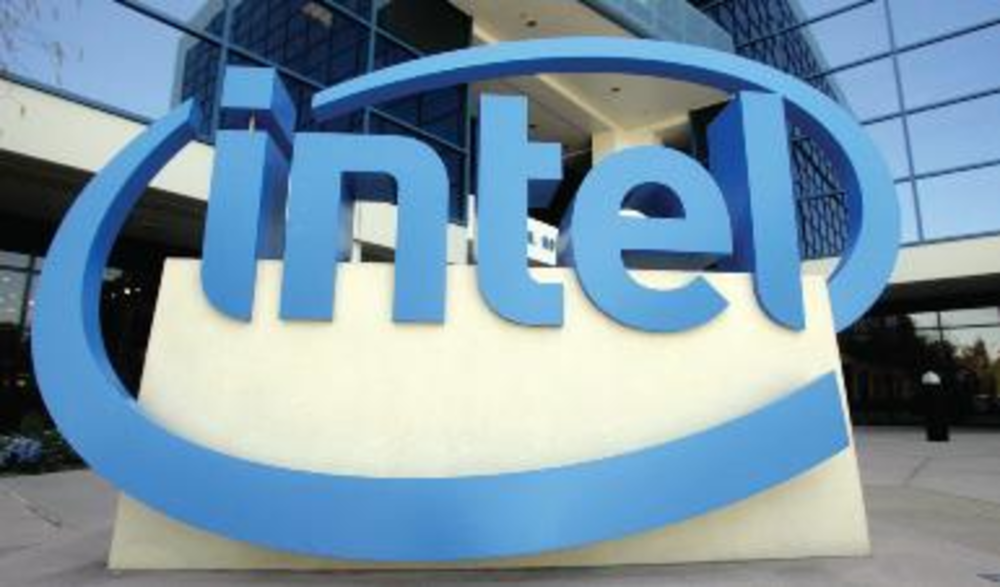In its largest online push to date, Intel aims to shed light on the technology inside computers and connect directly with customers. The impetus behind last week’s launch of the “What’s inside you” campaign is to demonstrate how real people use Intel as a part of their daily life.
The company, known for its quad-core and dual-core processors, is worked with digital agency Avenue A/Razorfish to tell the life stories of a DJ, a Russian doctor and a green house builder — all brand advocates.
The goal of the campaign is to build a social network, in which consumers will create their own profiles about what they do and how they use Intel to do it while connecting directly with others.
“We really wanted to associate Intel’s technology with real people to show how you can use the technology in everyday life,” said Jessica Daughetee, director of consumer Web marketing at Intel. “We hope that people will not only connect with us, but also share their stories with each other and create a community.”
This comes as part of an overall brand strategy to focus more on direct communications with the consumer. While Daughetee couldn’t comment on the campaign’s budget, she did say that part of this shift includes spending more marketing dollars online, where consumers are.
“Our goal was to create not one or two stories, but a growing number of stories that would make people want to return to the site again and again to read more,” said R.J. Hilgers, VP, client partner at Razorfish.
The new site comes on the heels of the Intel Corporation announcing record first quarter revenue of $9.7 billion and a partnership with OMD, both events which took place in April. OMD, the Omnicom Group agency, won the media planning and buying duties for the $300 million global account.
“We saw healthy demand for our leading-edge processors and chipsets across all segments,” said Paul Otellini, Intel president and CEO, in a press release. “Looking forward, we remain optimistic about our growth opportunities.”
The “What’s inside you” site is the first phase in a total overhaul of the Intel site. “We are trying to redefine the entire experience of the Web site,” Daughetee said.
The new site will include a new home-page, new product pages with more information, new consumer and b-to-b components, as well as a click-to-buy button. While Intel doesn’t have a direct sales business, the click-to-buy button connects a consumer to a retailer or dealer within a database depending on the product and the location of the shopper.
In the past, Intel has focused its efforts more on the b-to-b market, including a campaign which pushed the processing power of its technology. That campaign’s tag line, “Multiply computing performance, and maximize the power of your employees,” was aimed mainly at IT managers.
However, this new campaign reaches beyond IT professionals and tries to reach consumers in general. Still, as it is rolled out, it will include specific tactics aimed exclusively at the IT community, which is already active on the Intel site.
The goal of this redesign is to increase brand awareness and to put more product information out there and to “help with the purchase process,” Daughetee said.
So far, Intel is using its usual online marketing components, including banner ads, e-mail and search, to push people back to its homepage site, though none of the on-site creative focuses on “What’s inside you” at this time.
It is too early to say if the profiles created on the Web site will be used in other channels to promote the site, Daughetee said, but she added that Intel is thinking about whether to leverage them in that way, outside the campaign.
Intel is not alone in trying to reach consumers directly and through social channels. Other technology companies plan to embrace social networking, including Dell Computers.
The computer maker, who closed 140 retail kiosks earlier this year and began placing products in bigger retail chains such as Best Buy and Wal-Mart, has used Facebook to engage consumers.
While the brand is in the process of consolidating its 800 agency partners into one umbrella agency called Davinci, earlier this year Dell worked with agency Federated Media to create a Facebook application called Graffiti that lets users draw on their pages. Promotion for the tool on the social networking site kicked off with a contest, calling consumers to submit drawings around an environmental theme, answering the question, “What does green mean to you?”








